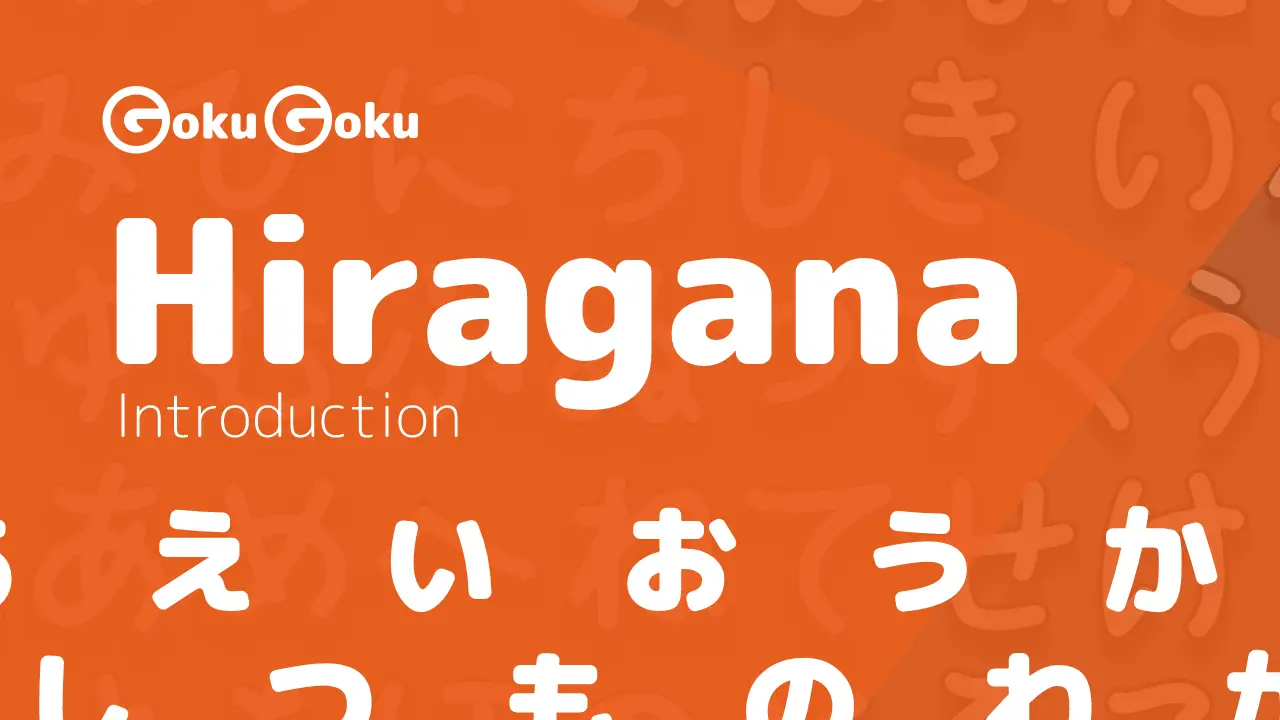いらっしゃる (irassharu) Meaning Japanese Grammar - Be
Anna Baffa Volpe
Get in touch with meThe verb いらっしゃる (irassharu) means be, come, go and is the honorific form of 居る, 来る and 行く.
It replaces these verbs in contexts where it is appropriate to use the Japanese honorific language: the Keigo.
It is also used in conjunction with the て form of another verb.
In this post we learn more about the meaning of いらっしゃる, how it is formed and when いらっしゃる is used through real example sentences.
How to form いらっしゃる
いらっしゃる is used in the sentence instead of the verbs:
- 居る
be,stay,remain - 来る
come - 行く
go
先生、何時まで学校にいらっしゃいますか。
Teacher, what time will you remain at school?
How and when to use いらっしゃる
いらっしゃる belongs to the 敬語, the Japanese honorific language, specifically to the 尊敬語: the language of respect that elevates and emphasises the status of our interlocutor.
It is never used in the first person and in the context of 内 uchi, the inside or the interior: our family members and close friends.
いらっしゃる is used in the sphere of 外 soto, outside, that includes all people outside the intimate sphere: acquaintances, strangers towards whom it is appropriate to use a formal language.
東京へはいつ頃いらっしゃるのですか?
When are you coming to Tokyo?
Plain form and Polite form
いらっしゃる is the dictionary form; the various conjugations of both the plain form and the polite form in ます are used:
- いらっしゃる / いらっしゃいます in the present affirmative
- いらっしゃらない / いらっしゃいません present negative
- いらっしゃった / いらっしゃいました past affirmative
- いらっしゃらなかった / いらっしゃいませんでした past negative
今日はお客さんはいらっしゃいません。
Today there are no customers.
またニューヨークにいらっしゃる予定はありますか。
Do you plan to visit New York again?
Form ていらっしゃる
いらっしゃる is also used preceded by the て form and is the honorific form of ている, てある, ていく and です.
The copula だ the plain form, です the polite form and でいらっしゃる the honorific form.
中田さんでいらっしゃいますか。
Are you Mr Nakata?
先生は新潟出身でいらっしゃいます。
The teacher is originally from Niigata.
- 住んでいらっしゃる in its informal version is 住んでいる
現在はどちらに住んでいらっしゃいますか。
Where do you currently live?
この件に関しては、いまだに考えていらっしゃいます。
You are still thinking about this matter.
Synonyms of いらっしゃる
いらっしゃる can be replaced by various other forms of the honorific language.
- お越しください: imperative of the form お~ください:
please come in - お越しくださる dictionary form:
come
お越しくださいまして誠にありがとうございます。
Thank you very much for visiting us.
- お見えになる:
arrive

お見えになる。目上の方が来ることを指す尊敬語。
O-mie ni naru: respectful term referring to the coming of a superior.
- おいでになる written in kanji is お出でになる:
come,go
展示会へはもうおいでになりましたか?
Have you been to the exhibition yet?
- 来る
comeand 行くgo: are Keigo forms obtained from the passive structure of the verb.
お客様がたった今、来られました。
The customer has just arrived.
- おられる
be,exist
お昼休みに入りましたが、課長はまだ会議室におられるのですか。
It is now lunchtime, is the section manager still in the conference room?

いらっしゃいませ!
Welcome!
いらっしゃいませ derives from the honorific verb いらっしゃる that we are studying in this post and is commonly used by shopkeepers, restaurant staff and other public places as a form of greeting to welcome customers.
The shortened form of いらっしゃいませ is いらっしゃい and is considered less formal than いらっしゃいませ.
Example of いらっしゃる
すみません、社長はいらっしゃいますか。
Excuse me, is the president in?
先生は昨日いらっしゃった。
The teacher came yesterday.
何時ごろに弊社へいらっしゃいますか。
What time will you be at our company?
Similar grammar points in Japanese 📚
~ていく
~ていく (teiku) Meaning Japanese Grammar - Keep Doing
てよかった
てよかった (te yokatta) Meaning Japanese Grammar - I'm Glad That...
それでもいい
それでもいい (soredemoii) Meaning Japanese Grammar - It's Fine
それでも
それでも (sore demo) Meaning Japanese Grammar - Still
させられる・せられる
させられる・せられる (saserareru serareru) Meaning Japanese Grammar - To Be Made To Do Something
ないで
ないで (naide) Meaning Japanese Grammar - Without Doing

